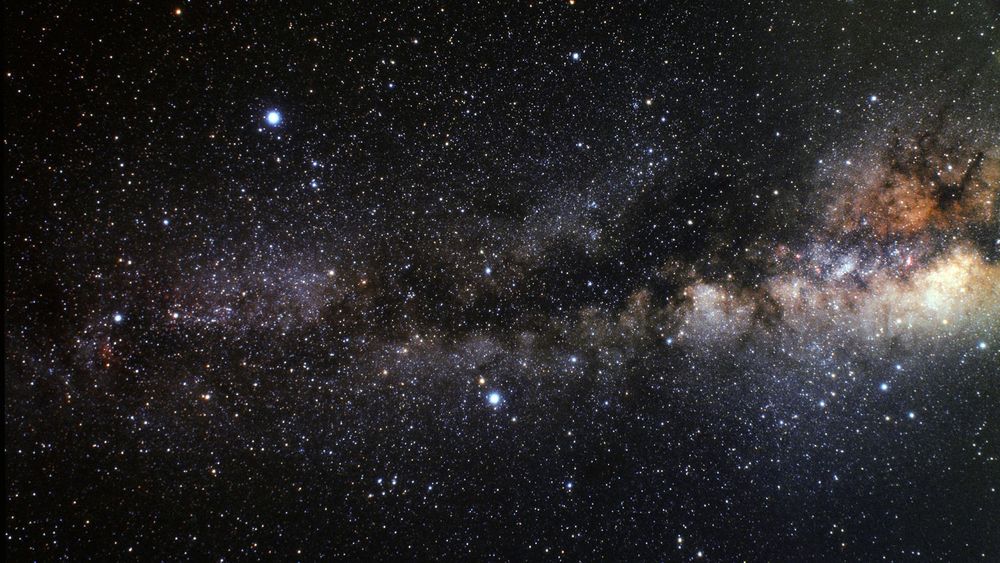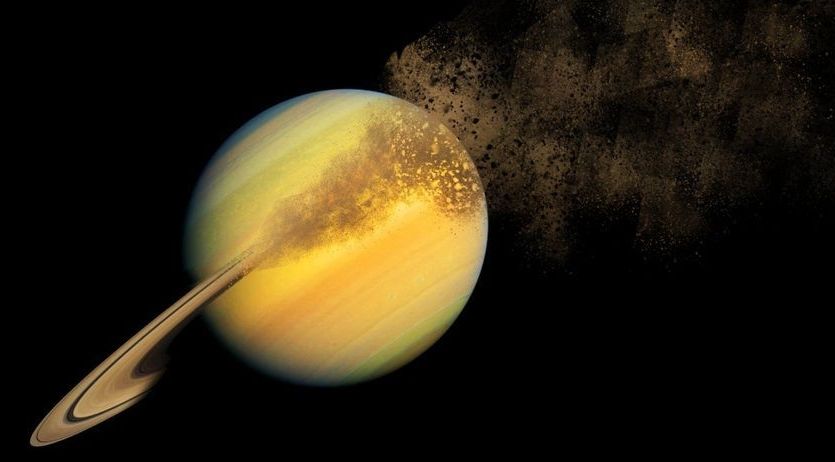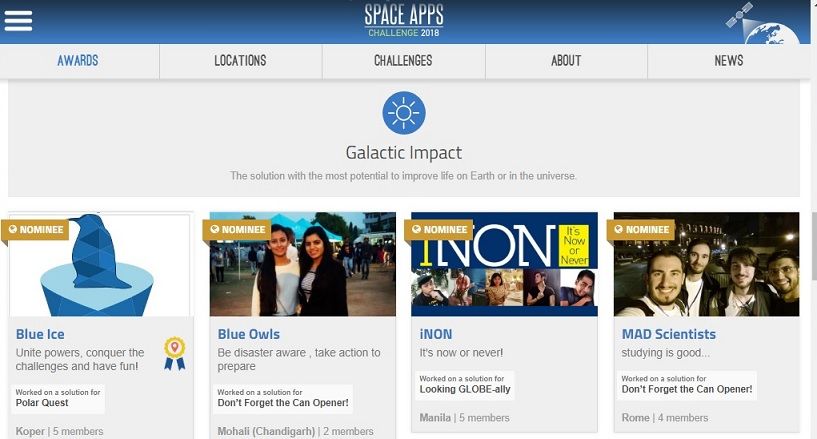The entangled photons were beamed to three ground stations across China, each separated by more than 700 miles—a new record.



The imperative of developing artificial intelligence (AI) could not be more clear when it comes to exploring space beyond the Solar System. Even today, when working with unmanned probes like New Horizons and the Voyagers that preceded it, we are dealing with long communication times, making probes that can adapt to situations without assistance from controllers a necessity. Increasing autonomy promises challenges of its own, but given the length of the journeys involved, earlier interstellar efforts will almost certainly be unmanned and rely on AI.
The field has been rife with speculation by science fiction writers as well as scientists thinking about future missions. When the British Interplanetary Society set about putting together the first serious design for an interstellar vehicle — Project Daedalus in the 1970s — self-repair and autonomous operation were a given. The mission would operate far from home, performing a flyby of Barnard’s Star and the presumed planets there with no intervention from Earth.
We’re at an interesting place here because each step we take in the direction of artificial intelligence leads toward the development of what Andreas Hein and Stephen Baxter call ‘artificial general intelligence’ (AGI), which they describe in an absorbing new paper called “Artificial Intelligence for Interstellar Travel,” now submitted to the Journal of the British Interplanetary Society. The authors define AGI as “[a]n artificial intelligence that is able to perform a broad range of cognitive tasks at similar levels or better than humans.”

One of the Hubble Space Telescope’s most famous images peered even deeper into the cosmos than scientists had thought.
That photo is the Hubble Ultra-Deep Field (HUDF), which combines hundreds of images taken by the space telescope over multiple years into the deepest view of the universe ever created. The composite pic of a small patch of sky contains a whopping 10,000 galaxies, astronomers have estimated. (The HUDF also refers to that patch of sky, not just imagery of it.)
Now, researchers have painstakingly reprocessed the iconic image, recovering lots of additional light, a new study reports. [The Most Amazing Hubble Space Telescope Discoveries!].

The NASA Sun Science probe is now preparing for its next solar flyby in April 2019: https://go.nasa.gov/2FSvd5H

Plans for a European base on the moon have taken a major step forward.
The European Space Agency revealed it has signed up rocket maker ArianeGroup to develop plans for a moon base that could be used to mine material from the lunar surface.
The project will ‘examine the possibility of going to the Moon before 2025 and starting to work there’ — and could trigger a new space race as countries rush to harness lunar resources.

This is the first time that an entry from the Philippines has made it to the global finalists. http://verafiles.org/articles/filipino-it-experts-hope-nasa-…lenge-winn #SpaceApps #SpaceAppsPH
Filipino Information Technology enthusiasts are hoping that the temporary reopening of U.S. government operations after a 35-day shutdown would pave the way for the announcement of the winners in the NASA Space Apps Challenge, where one of the finalists is an app developed by a group of Filipino IT experts.
The announcement of the winners in the global competition was supposed to have been made in mid-January but has suffered a delay due to the federal government shutdown caused by a standoff over border security.
The shutdown, which began last Dec. 21, ended on Friday after U.S. President Donald Trump signed into law a funding measure that will allow the reopening of government operations until Feb. 15.

